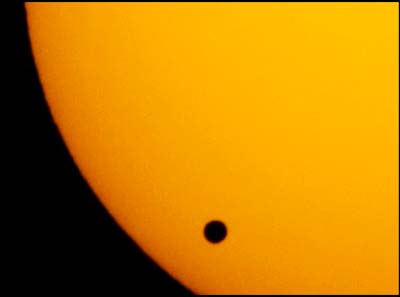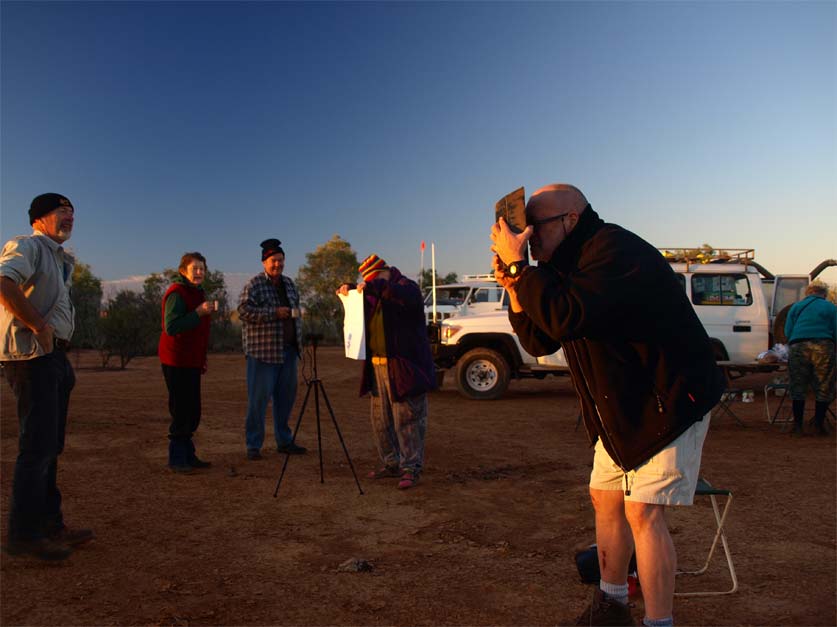The claypan, punctuated with white ghost gums glows a metallic grey in the pre-dawn starlight generated from a gazillion stars in the milky way. The starlight is so much brighter here, unimpeded by the crystal clear dry desert air, and without the distraction of the glow of cities and towns. The screech of a distant barn owl pierces the silence, its nocturnal hunt fast coming to an end as a faint deep orange glow appears low on the eastern horizon. Jupiter and Venus are in Taurus, and stand out against the early dawn light. I am at Tjan, a claypan at the top end of the Canning Stock Route, nearby are the ruins of Well 50, a few rotting timbers and some old rusty troughing are all that remain, gradually disintegrating with the march of time. There is a strong sense of history when travelling on the Canning Stock Route, but lately it is the heavens that have drawn my eyes upward. I happens regularly out here. There is no night sky on earth quite like that of the outback, and last night on Ruby Plains in the southern Kimberley I chanced to look up after dinner and there was a partial eclipse of the moon in full swing.
But this morning I wait in great anticipation for a celestial event that only occurs in a pattern that repeats every 243 years. We await the Transit of Venus, when Venus as a tiny black dot will move across the face of the sun. There have only been six transits observed since it was first discovered in 1639, and the next one won’t occur until 2117, by which time I will be well gone. Today will be perfect for viewing, not a breath of wind or a cloud in the sky.
One of my travelling companions is Michael Welland, a geologist and popular science author. His book Sand, published by Oxford University Press is essential reading for anyone who loves deserts. I have decreed that he is geologist in residence and Chief Astronomer, and when I climb out of the swag he is already setting up tripods and lenses. I plan to use my welding mask to view it, as staring into the sun without it would cause blindness, a fate which befell the explorer John MacDouall Stuart, who would take sextant sightings at midday using the angle of the sun to determine his position.
As the light increases on the horizon the shadow of the earth glows a deep purple in the western sky. In minutes the sun breaks the horizon and throws a fiery orange light across the camp. We cast long shadows across the tessellations on the clay. The literature has told me that the transit will start before dawn in Western Australia, but when I hold the mask to the sun, I see nothing. Eventually, when the sun is just cresting the trees I spot it. First contact! A tiny black dot at around 7 oclock on the dial of the fiery orb. My first thought is how tiny Venus is. I see it every day as the morning star, at the moment sitting next to Jupiter just before dawn every day, looking like a fat bright star. But against the sun, all the reflective light is gone, and it is so much smaller. But even more I am struck by the historical significance of what I am watching. James Cook was sent to Tahiti to observe the 1769 transit. His search for the great southern land was only a secondary consideration. Georgian England was in a fervour of scientific discovery. It was surmised that by observing the transit from different locations on earth, the distance from the earth to the sun, known as the astronomical unit, could be determined, and by using Keplar’s third law of planetary motion the size of the solar system could be determined. I find it astonishing that in 1769, the Crown would find this information so important that it would command its navy to dispatch ships on such an expensive and dangerous mission in the name of science. Kind of lucky they did, because I may not be here today watching this transit. Here on this claypan in the middle of nowhere (or the centre of the universe depending on your perspective) I feel a connnection to Cook, who watched this same event 240 odd years ago. It is a magic moment. Life is good!



